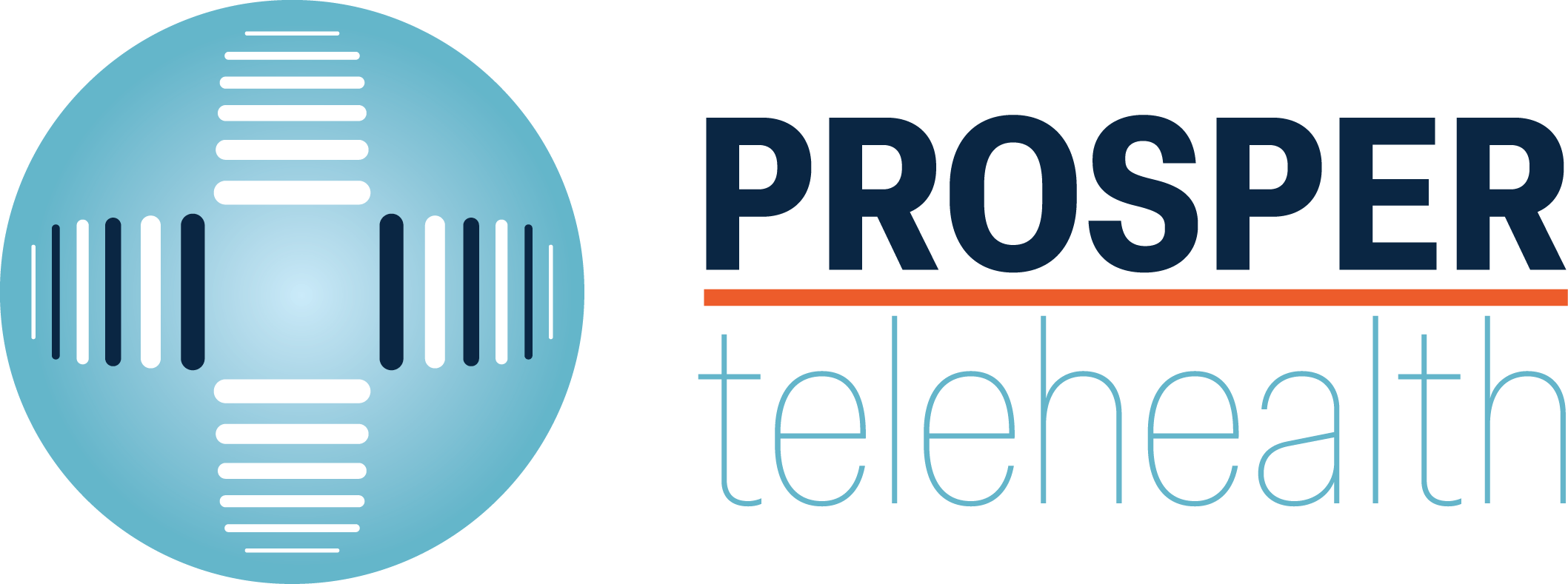
Remote Therapeutic Monitoring (RTM) services monitor health conditions, including musculoskeletal system status,
respiratory system status, therapy (medication) adherence, and therapy (medication) response.
Remote Therapeutic Monitoring (RTM) services monitor health conditions,
including musculoskeletal system status, respiratory system status, therapy
(medication) adherence, and therapy (medication) response. RTM is
intended for the management of patients utilizing medical devices that
collect non-physiological data.
FAQs
Remote Therapeutic Monitoring (RTM)
Billing Codes
- CPT# 98975: Remote therapeutic monitoring (e.g. respiratory system status, musculoskeletal system status, therapy adherence, therapy response); initial setup and patient education on use of equipment
- CPT# 98976: Remote therapeutic monitoring (e.g. respiratory system status, musculoskeletal system status, therapy adherence, therapy response); device(s) supply with scheduled (e.g. daily) recording(s) and/or programmed alert(s) transmission to monitor respiratory system, each 30 days
- CPT# 98977: Remote therapeutic monitoring (e.g. respiratory system status, musculoskeletal system status, therapy adherence, therapy response); device(s) supply with scheduled (e.g. daily) recording(s) and/or programmed alert(s) transmission to monitor musculoskeletal system, each 30 days
- CPT# 98980: Remote therapeutic monitoring treatment, physician/other qualified health care professional time in a calendar month requiring at least one interactive communication with the patient/caregiver during the calendar month; first 20 minutes
- CPT#98981: Remote therapeutic monitoring treatment, physician/other qualified health care professional time in a calendar month requiring at least one interactive communication with the patient/caregiver during the calendar month; each additional 20 minutes
What are the requirements for patient qualification?
RTM eligibility is similar to RPM, however it is primarily used to monitor things like medication adherence, response to therapy, musculoskeletal activity, and respiratory activity. Examples of q ualifying activities would include treatment related to specific pain or home exercise programs.
Unlike RPM, RTM does not necessarily require a device. Additionally, RTM allows for patient reported data.
What documentation is required?
- Order for service from physician or other qualified health care professional, such as a physical therapist
- Include RTM in plan of care
- Type of device used name and description o Include musculoskeletal or respiratory device
- Specific education and training provided to the patient and/or caregiver
- Data gathered from the device o Evidence of at least 16 days of monitoring per 30 days
- Date and time of patient and/or caregiver interaction
- Specifics of patient and/or caregiver interaction
- Decisions made that may impact treatment and plan of care

